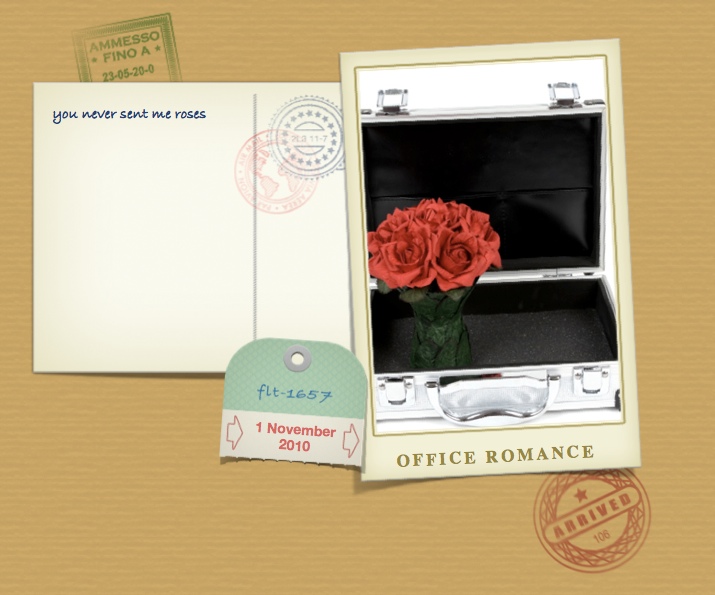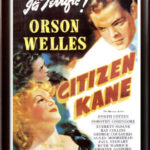Bill Gates met his wife at work and Rupert Murdoch met his current wife at work. Even Elton John met his first wife through work (she was a sound recording engineer). A few years ago, Griffith University academic, Dr Geoff Carter, found that about 80% of a sample of Australian workers admitted to having an office romance. An office romance is more or less formally defined by researchers as “ relationships involving physical attraction and desire between two employees of the same organization in which some element of sexuality or physical intimacy exists”. Some commentators have suggested that with the long working hours experienced by some professionals, the only opportunity they have to make a romantic connection is in the workplace.
When I first heard this figure it sounded way to high to me. Other studies conducted around the world reveal figures that vary between 30% and 80%. Whichever study you look at the rates are significant. So why are office romances so prevalent? A recent study may shed light on why Dr Carter found such a prevalence of office nooky. Apparently it is due to the climate.
Yiannis Gabriel and Rita Mano-Negrin from the University of Haifa*, collected stories of office romances from organisations that fell into 3 different types of climate. Now before you adjust your air conditioning, let me point out that these researchers are referring to organizational factors such as organizational policy, structure and culture and wider social and cultural ones, such as values on sexuality, loyalty and love. They identified three discernible climates. The first was called the “Cold Climate”. These were organisations characterised by impersonal interactions and formal highly structured roles such as rigid hierarchies. Furthermore they had objective and directly measurable performance indicators for employees. In such places, the focus was very much on getting the job done rather than employees’ emotions.
The second type of organisation was described as “Hot”. Think Ally McBeal’s workplace and you have a good idea of a hot work environment. Hot organisational climates are full of emotional labour, with employees being on display for their looks, style and demeanour. Gabriel and Mano-Negrin say hot environments derive from a trend towards “aesthetic labour” – a focus on looking good. So where would we find this ‘sexual simmer’? It is apparently the trademark of many industries including tourism, advertising, mass media, catering and retail.
The third climate is a “temperate” one – which lays between the two extremes.
There is another element we need to put into this mix. According to the authors the idea of customer satisfaction is a hedonistic or pleasure principle. They argue that companies that promote the pleasure principle will find that the hedonism spills over into their employees’ behaviour.
So where do most office romances occur? Predictably, the answer is in hot climates. They results indicated clearly that romance was “much more common” in hot environments. However love in a cold climate does exist, but often it was found to be a more furtive affair – a love that dare not speak it’s name.
One aspect of this study that is a wake up call for employers is the blame that cheated partners lay at the feet of the organisation for encouraging or permitting romance to bloom. Furthermore, when romance turns cold, some employees have successfully sued their employers for sexual harassment. Some organisations have introduced “consensual relationship agreements” in a bid to protect themselves from such risks. What Gabriel and Mano-Negrin’s study illustrates clearly, is that management practices are related to employee behaviour in this area, and that policies introduced for one purpose such as customer service can have unintended results for their employees.
[poll id=”3″]
*Workplace Romances In Cold And Hot Organizational Climates: The Experience Of Israel And Taiwan. Y. Gabriel, R. Mano-Negrin.. Human Relations. Vol 59(1) Jan 2006, 7-35. Sage Publications.
Related Posts








